VP, Chief Content Officer: June Kikuchi
VP, Kennel Club Books: Andrew DePrisco
Production Supervisor: Jessica Jaensch
Assistant Production Manager: Tracy Vogtman
Art Director: Brian Bengelsdorf
I-5 Press: Jennifer Calvert, Amy Deputato,
Lindsay Hanks, Karen Julian, Jarelle S. Stein
Copyright 2002, 2009 by I-5 Press. Cover image of black Labrador Retriever by Gina Cioli & Pamela Hunnicutt/I-5 Publishing, LLC. Interior photos by Isabelle Francais/I-5 Publishing, LLC
All rights reserved. No part of this book may be reproduced, stored in a retrieval system, or transmitted in any form or by any means, electronic, mechanical, photocopying, recording, or otherwise, without the prior written permission of I-5 Press, except for the inclusion of brief quotations in an acknowledged review.
The Library of Congress has cataloged the earlier edition as follows:
Thornton, Kim Campbell.
House-Training / by Kim Campbell Thornton ; illustrations by Buck Jones.
p. cm. (Simple solutions)
ISBN-10: 1-889540-84-6 (paperback : alk. paper)
ISBN-13: 978-1-889540-84-9 (paperback : alk. paper)
eISBN-13: 978-1-620080-61-0
1. PuppiesTraining I. Title. II. SimpleSolutions.
SF431 .T53 2002
636.70887dc21
2002005296
I-5 Press
A Division of I-5 Publishing, LLC
3 Burroughs, Irvine, California 92618
Printed and bound in China.
15 14 13 12 11 5 6 7 8 9 10
Contents


Secrets to Success


P uppies pee. And poop. A lot. And often. If youve never lived with a puppy, youll be amazed by the number of times your little fur ball will need to go potty. Every hour or two, he will start sniffing and circling, looking for a place to do his business. If you arent watchful, accidents can happen frequently.
Not surprisingly, house-training is the first lesson new owners must teach their pups, and rightfully so: House-training is the foundation for good behavior. Without it, dogs cant become members of the family, and they run the risk of being exiled to the backyard, never getting the attention and social interaction that they need, deserve and crave.
Happily, the secrets to successful house-training are simple: Time, patience, consistency and supervision are all that are needed.
Puppies are quick learners. A regular potty schedule, combined with praise for going in the right spot, will help them get the right idea. Dogs are naturally clean animals, and they dont want to soil their living area. House-training teaches dogs that the house is the living area and the yard (or whichever spot you choose) is the potty area.
Just as with children, potty-training a puppy is a process. Its not something a puppy can learn in a day or even a week. It might take a few weeks just for your dog to understand what you want. However, until your puppy is 4 to 6 months old, hes not physiologically capable of holding it for more than about four to six hours. A puppys muscle control isnt fully developed yet, and his bladder is not large enough to hold it any longer than that.

Breeds with Potty Problems
A number of breeds are more difficult to house-train than others, including many small breeds, such as Chihuahuas, Yorkies, Papillons, Italian Greyhounds, Shih Tzu and Toy Poodles. Other breeds that are known to be tough to potty-train are Bichon Frise, Maltese, Havanese and Bolognese, as well as some hounds (Beagles, Afghan Hounds, Salukis, Harriers and fox-hounds) and small terriers (Jack Russell Terriers and Soft Coated Wheaten Terriers). These dogs need extra supervision and a lot of positive reinforcement.

Your pup cant hold his bladder for more than four hours. Creating a potty schedule will work to your and his advantage.
Remember that each dog is an individual. Some pups are potty-trained at 3 months, while others may not be completely reliable until theyre 9 months to 1 year old.
If you acquire your puppy at 8 weeks of age, expect to take him outside at least six to eight times a day. By the time hes about 6 months old, potty trips will be down to three or four times a day.
A rule of thumb is to take your puppy out in hourly intervals equal to his age in months . For instance, a 2-month-old puppy should go out every two hours, a 4-month-old every four hours, and a 6-month-old every six hours. This can vary, of course, depending on the individual dog: Some young puppies need to go out every half-hour. Its your responsibility to make sure your pup gets plenty of opportunities to go potty in the correct spot.
Other good rules to follow include taking your pup out first thing in the morning yes, even before you have your first cup of coffee and 10 to 30 minutes after every meal, when he wakes from a nap, after every play session, and just before he goes to bed for the night.
Thats a lot of dog walks! How can you fit them all in? What if everyone in your family works or goes to school?
Those things are important, but so is your puppys potty schedule, especially during the first couple of weeks hes with you. Without a schedule, your puppy cant learn what he needs to know . Try to go home once or twice during the day, hire a dog walker or a pet sitter, or ask a friend or neighbor to take your dog out for a walk so he can potty. Try taking time off work during the first week of house-training to firmly establish the schedule and rules in your pups mind. Its helpful to start training on a weekend or during a long holiday.
Time to Get Started

S tart house-training your puppy as soon as you bring him home. Even before you invite him into the house, take him to the potty spot youve chosen and let him sniff around. Make note of any patterns of sniffing, circling and/or squatting. These are clues that he needs to go out. If he performs, praise him in a happy tone of voice, saying Good potty! Then, take him inside and introduce him to his special place, such as a crate or playpen.
Young puppies should not have the run of the house. Before you bring your puppy home, choose a safe area of the house to let your pup stay. This is usually a kitchen, laundry room, bathroom or some other area with an uncarpeted floor. Rooms with tile, vinyl or concrete floors are good choices.
 Paper-Training
Paper-Training
Most trainers agree that teaching a puppy to potty on paper and then retraining her to potty outside can be confusing. Some dogs never quite figure out that theyre supposed to move on from papers to the great outdoors, and they mistakenly continue to potty on any pile of papers they see. However, if you live in a high-rise or youre unable to walk your dog regularly, paper-training may be your only choice.
Next page
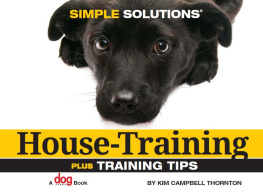
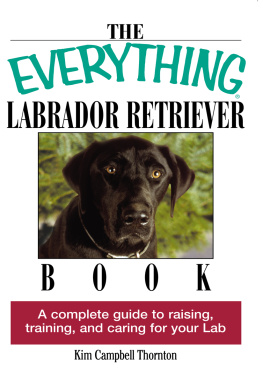

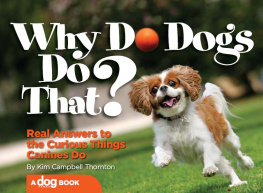


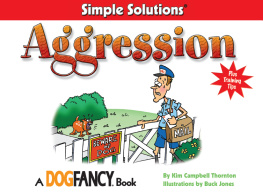
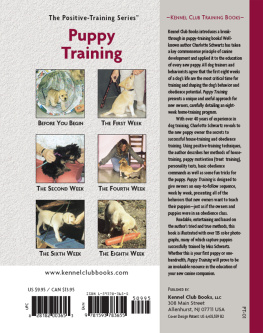
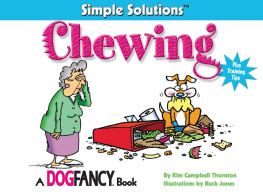
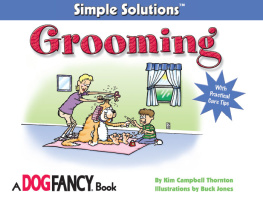
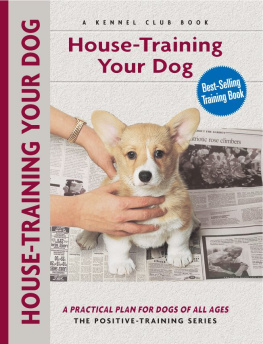
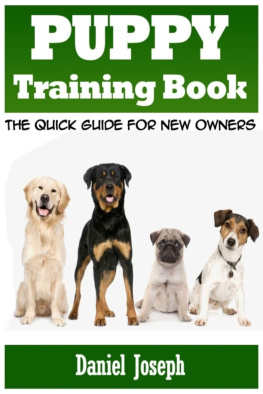
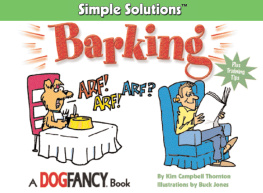
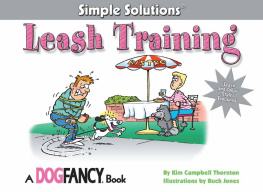
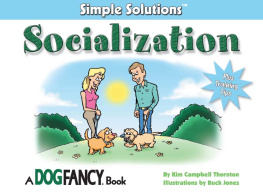







 Paper-Training
Paper-Training